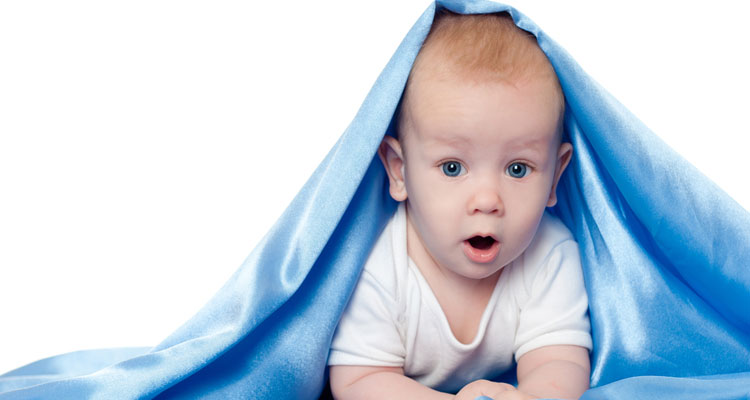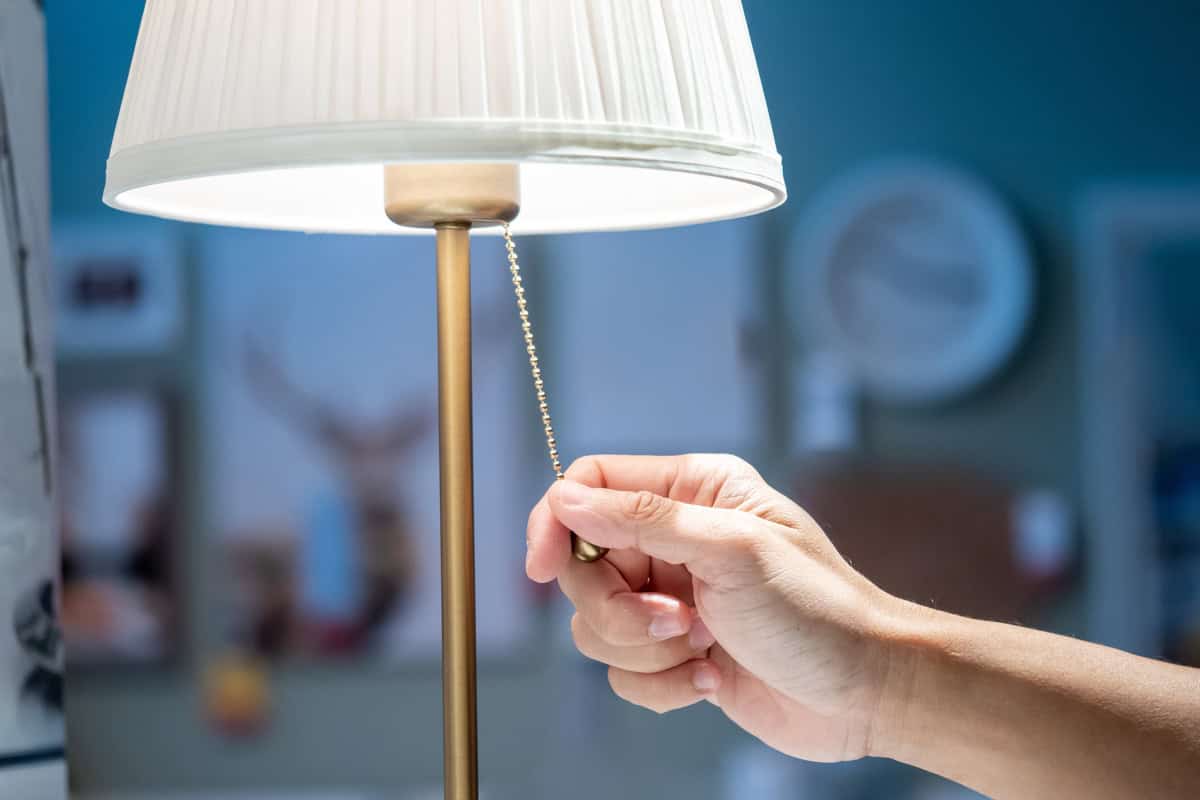Making your home safe for a baby is an important step in becoming a parent or grandparent. The average home contains potential dangers that are well within reach of babies and toddlers. When preparing your home for your baby or grand baby, be sure to take a tally of each room in your home, and figure out where to move things to make each room safer. Here are 8 baby proofing tips for your home.
1. Address Your Outlets
According to BabyCenter.com, the most common accident for children are injuries involving burns. It’s important to remember this when taking a look around your home. Make sure that every electrical outlet has an outlet protector on it; keep extra outlet protectors available in case one is lost. Also, don’t forget to cover all open electrical outlets on extension cords with electrical tape.
Electrical safety for children is important. Don’t forget as your child grows, your baby proofing efforts will need to move higher up. Knobs for stoves and low-placed appliances should be moved to higher areas or removed from the room completely.
2. Lock Away Hazardous Chemicals
A common injury for children is poisoning. According to KidsHealth.org, 99% of households keep dangerous cleaning agents under sinks. For that reason, it’s important to invest in child proof cabinet locks. Use these locks for all cabinets that contains harmful items, including those that can choke, cut, or burn your child. Even if you don’t think your child will drink something dangerous, they might open a container of something that could blind them. Salt is another potential poison. It takes just a tablespoon and a half to kill a 25 pound child. Keep all chemicals, cleaning agents, and cosmetic items in locked cabinets, or high up where children cannot reach them.
3. Secure Your Bathroom
Bathrooms can be a dangerous area for children. It’s surprising how quickly young ones can get themselves into precarious situations. For example, they can drown in as little as two inches of water. Therefore, it’s important to keep a close eye on children in the bathroom. A toilet seat lock can help keep your child from gaining access to the toilet bowl. You probably already knows this, but it bears repeating, never leave a child unattended while bathing. Also, consider electrical safety when babyproofing in the bathroom. Electrical appliances can be pulled by small hands or tip over into the bathtub.
4. Prevent Head Injuries
Head injuries can be one of the scariest things that can happen to a child. Even a small fall or run-in can inflict a large bump on a child’s head. Use foam bumpers to surround furniture with small or sharp edges, and never leave a child (especially an infant) unattended on a couch, bed, or counter. Always move items out of baby’s reach that can be grabbed or pulled down, such as books, picture frames, or items attached to cords.
5. Reduce Strangulation Risks
Strangulation is another concern for parents. Common items like necklaces, shoelaces, curtains or blinds can easily get wrapped around a child’s neck. Try shortening curtain or blind cords, and keep an eye on children while they play with toys that have strings. Railings can are also pose a risk to young ones. Check railings on staircases to make sure that the gap is no wider than 3.5 inches. If the gap is larger than this, you can install netting or acrylic sheeting to prevent your child’s head from getting stuck between the rails.
6. Anchor Your Furniture
A bit more involved, but equally important, babyproofing project is anchoring furniture to the wall. According to the U.S. Consumer Product Safety Commission (CPSC), more than 16,000 children under the age of 5 went to the emergency room in 2006 with injuries caused by television sets, bookcases, and other furniture tipping over on them. Between 2000 and 2006, more than 130 young children died from furniture tip-overs.
Since children like to climb, it is critical to anchor furniture like TVs, bookshelves, and dressers . Anchoring supplies are available at all hardware stores and baby stores. Securing furniture to walls is very simple, and takes just a few minutes.
7. Check Fire Alarms, Smoke and Carbon Monoxide Detectors
Every room in your home should have a smoke detector/carbon monoxide detector. A good rule of thumb is to replace batteries and make certain units are in working order at the beginning of every year.
8. Get Help from Professionals
If all of this seems overwhelming, there are professional who can help implement these and other babyproofing tips in your home. These professionals can come to your home, inspect it, suggest furniture placement changes to maximize safety, and provide you with resources to help make your home the safest it can be.




